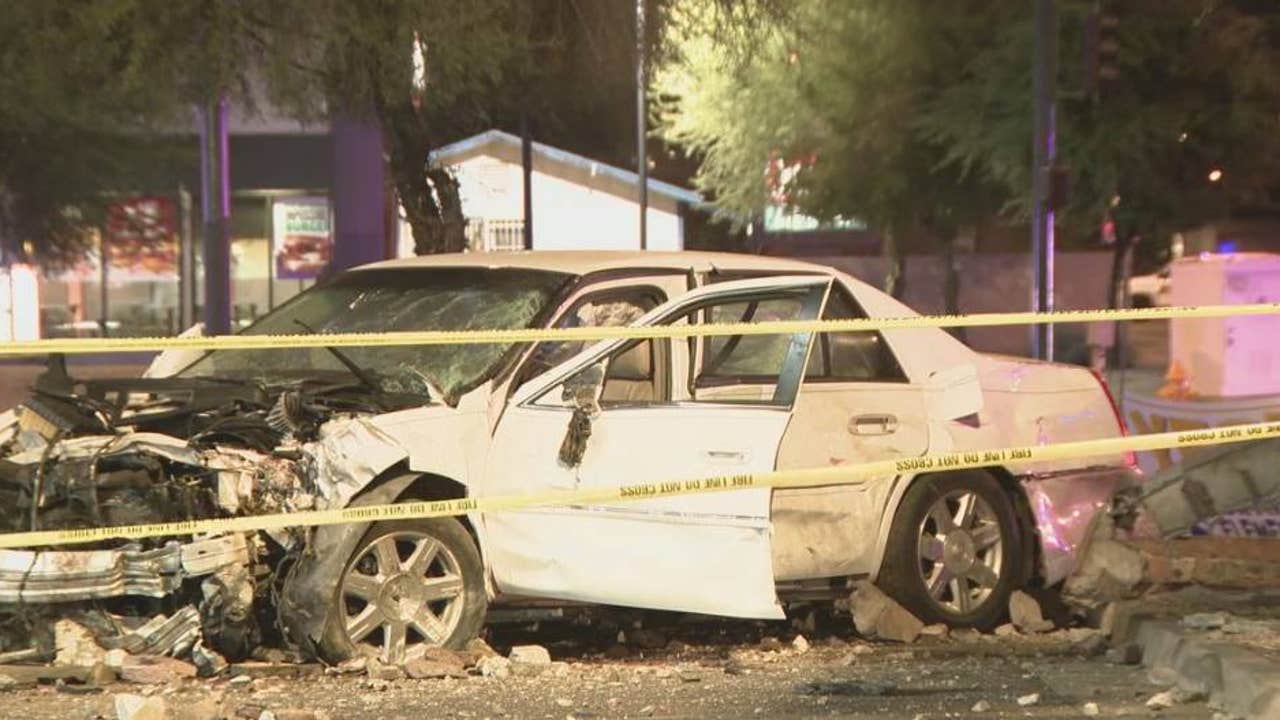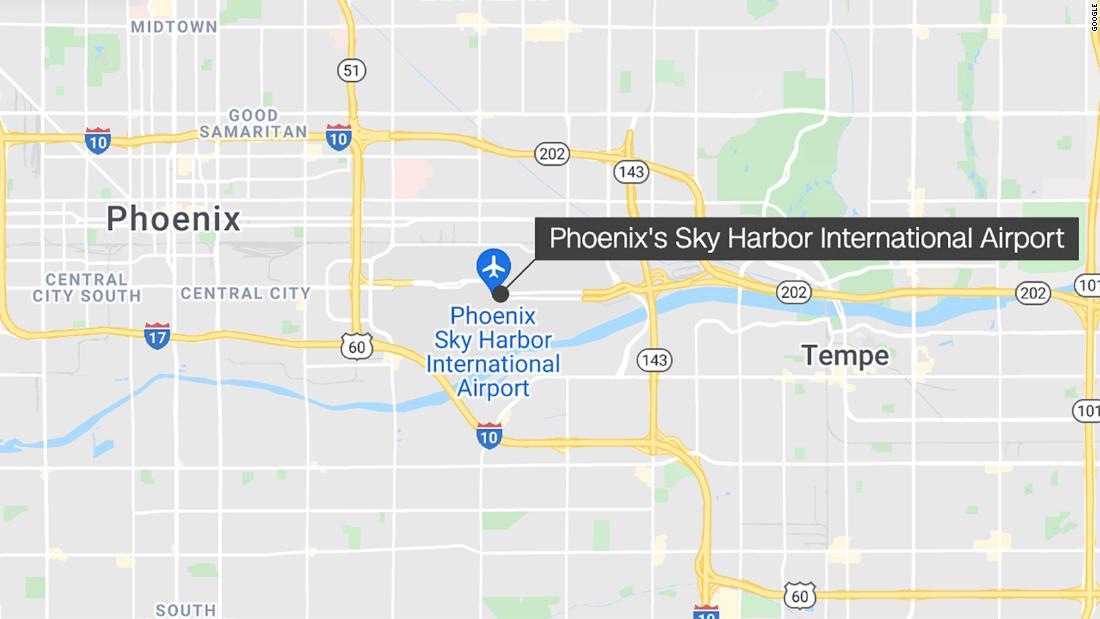Traffic has returned to Metro Phoenix, causing delays in morning and afternoon commutes and an increase in CO2 emissions in an area that has long had air quality issues. With more than a year of working from home, attending online courses and hosting virtual events, the lack of traffic made driving a relative breeze, especially during traditional rush hour. But the time of leisurely commuting – in 2020, valley drivers spent the least amount of time in traffic since 1982 – is over. Traffic has returned to pre-pandemic levels, according to Wang Zhang, head of the Maricopa Association of Governments’ traffic data program. As of mid-April 2020, traffic in Maricopa County was 61% of normal. ALSO READ: Here are the 10 Best Commuter Cities near Phoenix. “With this measurement, we are actually not yet back to pre-COVID conditions,” he said. “At the end of August, it was last around 55 percent of the congestion level.” Zhang expects changed travel patterns and the completion of further road projects to reduce the congestion. But as vehicles return to the road, tailpipe emissions rise. In 2020, US CO2 emissions fell by 650 million tons, according to Nature.com, a 12.9% decrease from 2019. But the relief was short-lived as people returned to work, school, and travel. Tailpipe emissions are one of the biggest contributors to air pollution in large cities, and Phoenix ranks fifth in the nation according to the American Lung Association’s 2021 Air Condition Report on Unhealthy Ozone Days. Matt Pace, a meteorologist with the Arizona Department of Environmental Quality, said air quality in Phoenix has continued to improve since the 1990 amendments to the Clean Air Act. growing major city in the county, and one built to house cars. The ADEQ monitors ground level ozone to report air quality conditions. Ground level ozone, or “bad ozone”, is created by volatile chemicals and particles in the air that react with prolonged exposure to the sun, creating unhealthy conditions. People with lung diseases like asthma are at greatest risk, although high levels of ozone can cause airway inflammation and chest pain, even in healthy adults. In Arizona, vehicle emissions fell during the pandemic, but not for long. Nancy Selover, who was a state climatologist at the time, told Cronkite News in April 2020 that the drop in emissions temporarily helped reduce the “brown cloud” that typically hovers over Phoenix, especially in winter. Pace said the brief period of reduced emissions meant no measurable improvement in air quality, as the past year was marked by anomalous weather conditions, including smoke from forest fires that raged in the southwest. Pace made several recommendations on how individuals can reduce their own emissions: “Telecommuting, if you can, carpool as many as you can, use public transport.” is a good thing.” Sometimes the good comes out of the bad. The pandemic brought challenges that opened up new ways to get things done, such as studying and working from home instead of a school or office building. “People always think that the little things don’t make a difference,” Pace said. “Well, we always say if everyone does this little thing, it makes a big difference.” Story by Shane Purcell, Cronkite News. Cronkite News reporter Isabella Fredrickson contributed to this story.
[ad_2]











